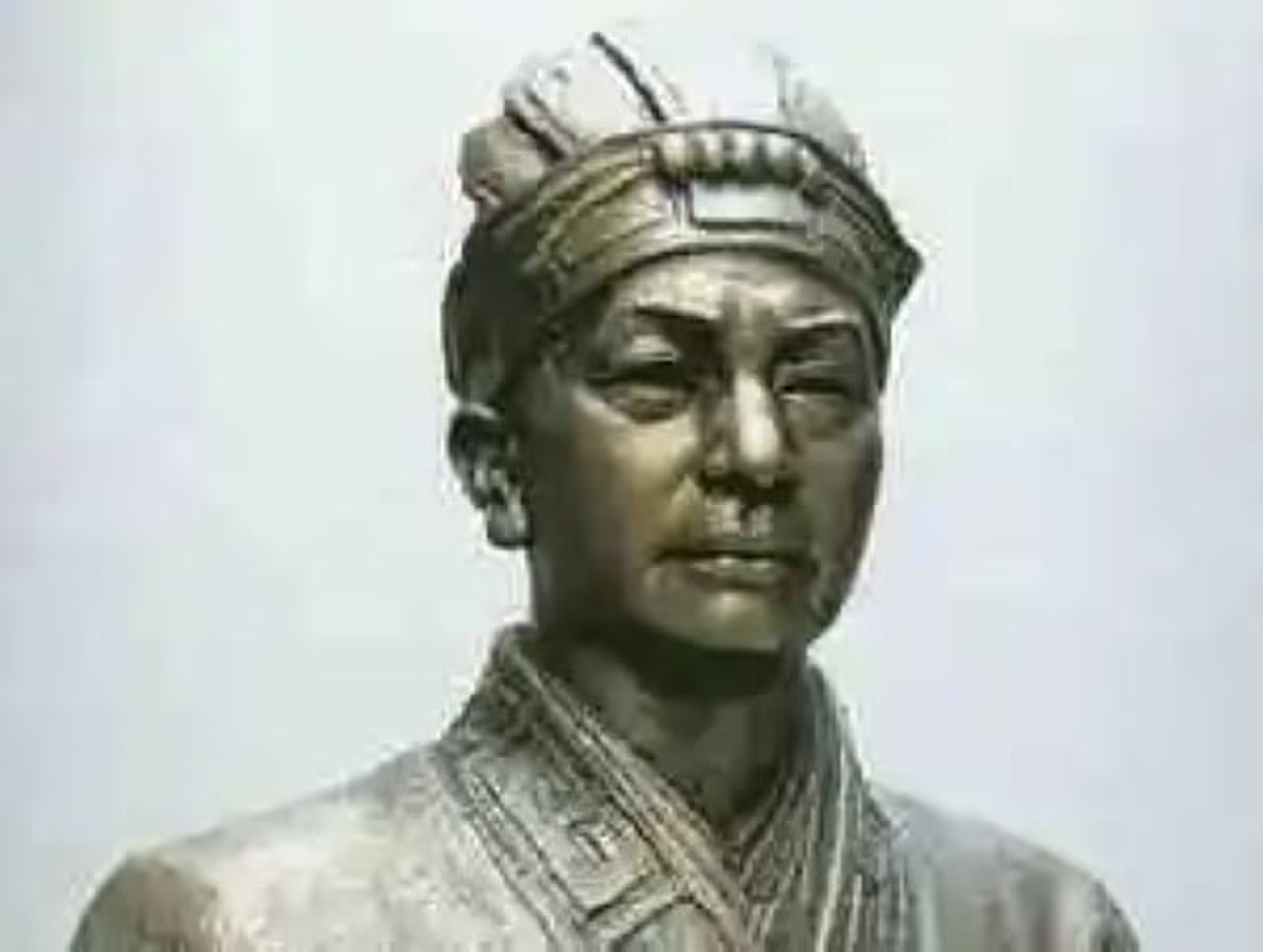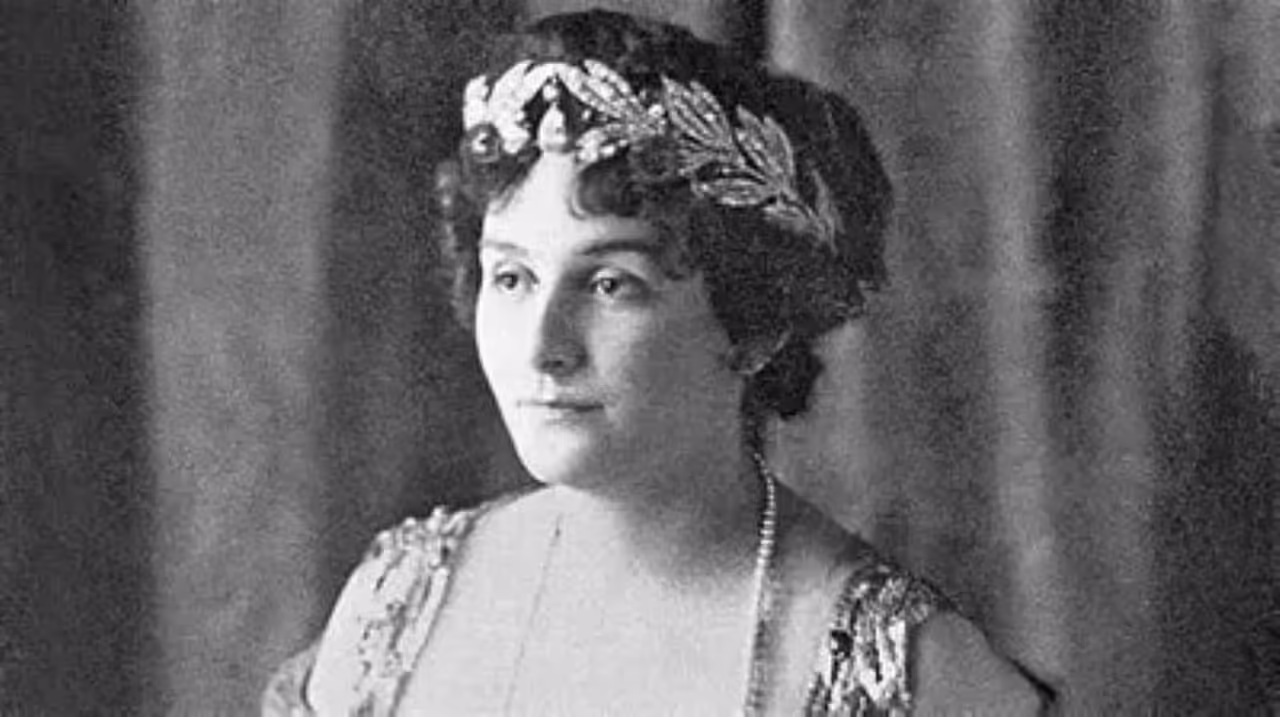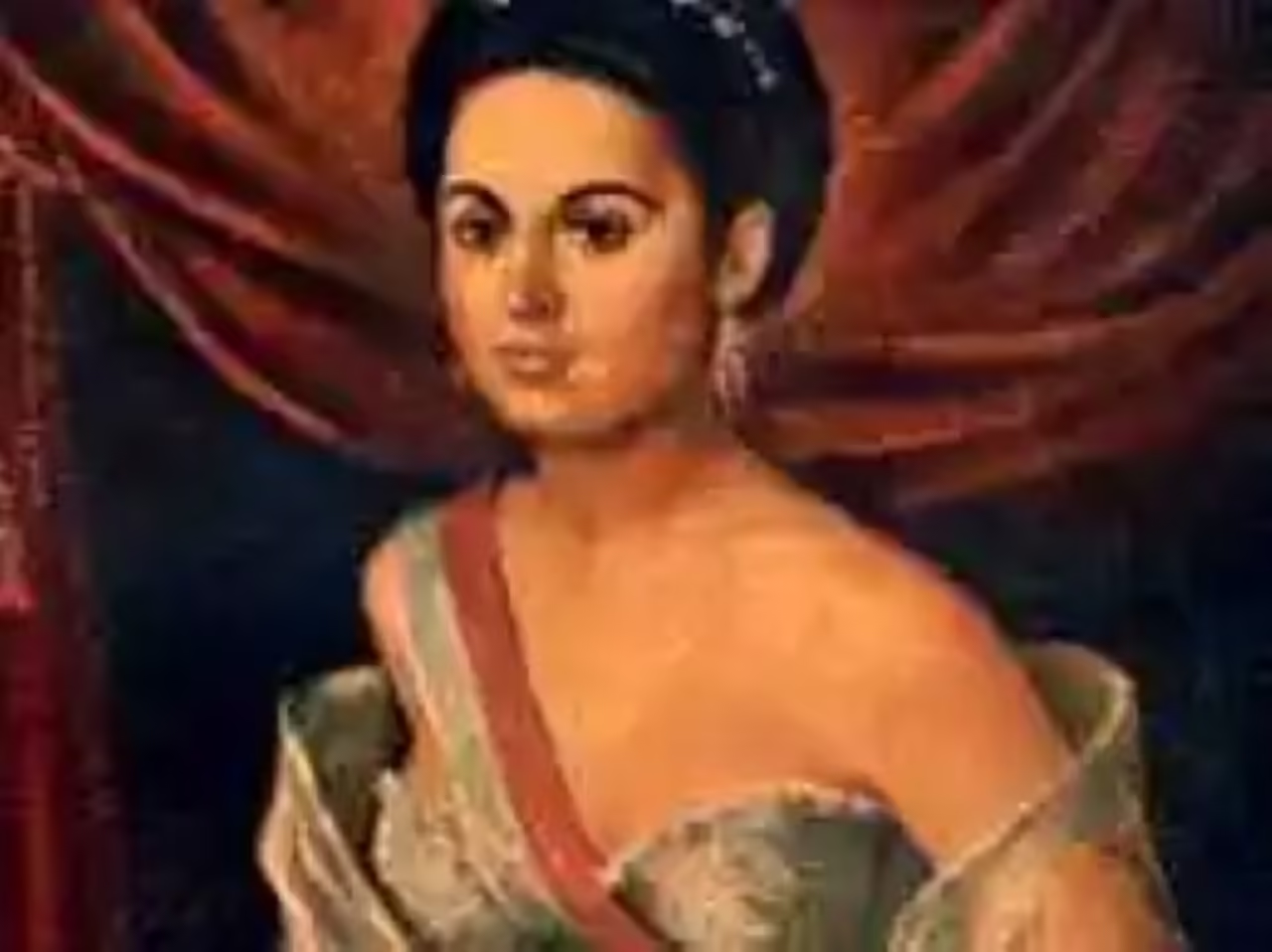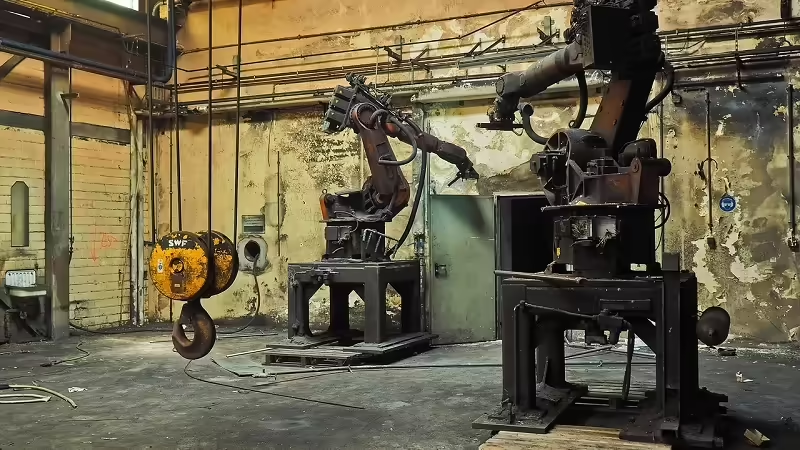Cai Lun, Jingzhong or Ts’ai Lun (77 A.D. – 110 A.D.) although other historians place it between 50 and 121 A.D. Imperial Councillor and Inventor, considered the creator of the Paper, for developing techniques that allowed the use of materials other than silk and bamboo in its fabrr which produced a very flexible and resistant material, similar to the one we know today, being also quite economical, which allowed its mass production. He is ranked as one of the 100 most influential people in history.
A eunuco that marked history
He was a eunuk and counselor at the court of the Chinese emperor He of Han. He is thought to have been born in Guiyang (present-day Leiyang, located in Huan Province, China) during the Eastern Han Dynasty. After serving as a eunuco in the Imperial Palace in 89 A.D., he was assigned as head of an arms production unit.
Taking advantage of his courtly relations, he became a regular visitor to the Palace. According to some historical Chinese sources, Cai Lun participated in a plot on behalf of Empress Dou, involved in the death of her sentimental rival. After empress Dou’s death in 97 A.D., Cai Lun became an ally of Wife Deng Sui, who assumed the post of Empress.
Towards the year, 105 A.D., Cai Lun was appointed by the Emperor to investigate how to perfect the paper, since at that time, the writing was made in pieces of silk called chih, which were quite expensive, or on bamboo boards, quite heavy, not counting the fragile materials, which could be attacked by fungi and mold, destroying their valuable contents.
Invention of paper
Cai Lun then deiccated a paper made from tree bark, remnants of hemp fiber, scraps of cloth and fishing nets, making possible the creation of a lighter and more resistant paper. He also implemented forms of waterproofing, using rice starch-based glues, achieving a satin effect, which protected the documents from parasites and time, achieving a type of paper very similar to what we know today.
Likewise, the technique used by Cai Lun for the manufacture of this paper, based on the perfection of ancient knowledge, is still used today by large companies. Although today’s machines are far from China’s 105 A.D. tools, the industry continues the ancient technique of manufacturing felt sheets with pulp, suspended in water, then draining and drying, thus obtaining a sheet of felt thin paper.
The emperor was extremely pleased with his invention. The Cai paper, as it was originally known, its invention was light, flexible, resistant, economical and could be mass-produced. The emperor awarded him as recognition, in 114 AD, the aristocratic title of Marquez and great wealth.
However, the courtly intrigues he had participated in turned against him. When Empress Deng Sui dies, the new wife Empress Song ordered Cai Lun to go to jail. To avoid his fate, Cai Lu took poison and committed suicide in 110 AD.
Legacy
Its creation is one of the most important inventions of our age. In the 3rd century, China popularized the type and technique of paper manufacturing created by Cai Lun, achieving great improvements in literacy and education, also achieving great support for the registration and dissemination of knowledge. Which makes his country almost known as a semi-divine being.
In the rest of the world, Cai Lun is not so popular, even if his invention has brought with him great advances. Cai Lun’s role took a few centuries to spread around the world, doing so from the 12th century, when he arrived in Europe, immediately displacing the ancient supports based on animal skins or other fibres. Since then, paper exploitation has become a great livelihood and trade for China, which was later followed by the Arabs and the Japanese.
In 1962, in what was considered by some historians of that Asian country to be the 1,850th anniversary of the date of his death, the Chinese government paid tribute to his memory in gratitude for the invention with which Cai Lun forever transformed the Education, Science and Communications, allowing the transmission of knowledge, the recording of history and the entrepreneurship of an industry that enriched the economy of Asia and change the modern world: paper.
Image source: quien.net








